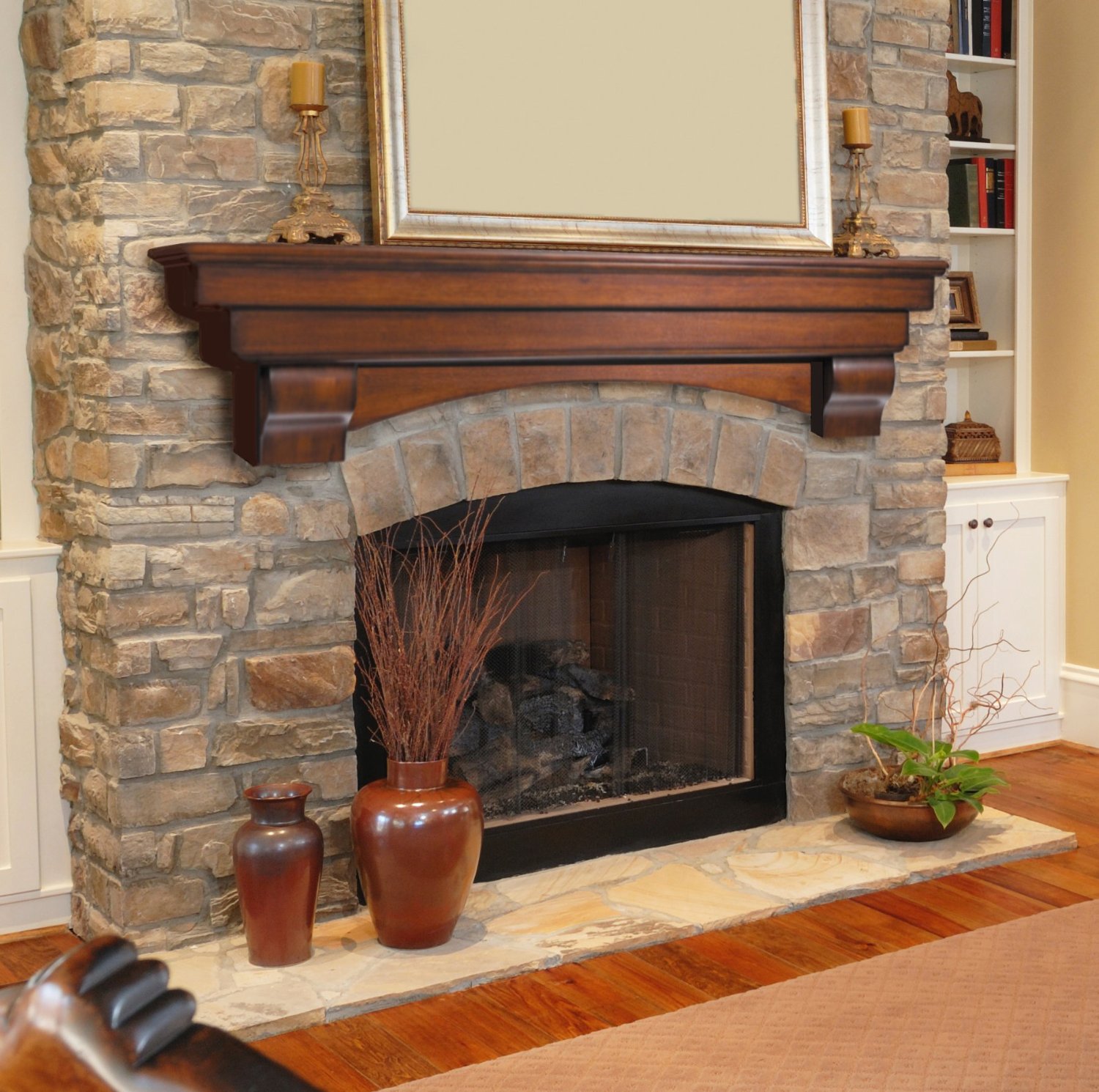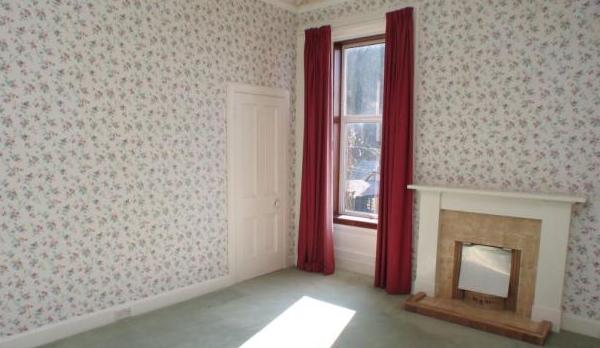Mantel
A mantel, also known as a fireplace mantel or mantelpiece, frames the opening of a fireplace and often covers part of the chimney breast.
It was originally developed in the medieval period for functional purposes, to serve as a hood that would prevent smoke from entering the room, diverting it back into the chimney. Since then it has generally become a decorative component, sometimes performing a function similar to a shelf. As a result of this change, use of the term mantel has expanded to include the jambs, mantel shelf and external accessories of a fireplace.
As fireplaces have become less common in new houses, in favour of modern heating methods, mantels have become less prominent, however, for many centuries they were frequently the most ornamental and artistic feature of the main room of a house. The mantel became the focus of decoration and was an opportunity for a sculptor or artisan to demonstrate their carving/craftwork skill, and for the architect or interior designer to use their creative flair to full effect depending on the style of the interior décor, such as Classic, Renaissance, Italian, French, Victorian, Gothic, and so on.
In England, early-17th century mantelpieces were very simple and followed the Italian style, sometimes only consisting of the mantelpiece with classic architraves and shelf. In the late-17th century the architrave was omitted in favour of more decorative moulding.
In the 18th century, mantelpiece design was more influenced by French styles and became more elaborately decorative, often featuring carved wood.
Mantels can be made from a variety of materials such as marble, limestone, granite, or fine timber. They are often flat on top so that ornaments such as candlesticks, clocks or framed pictures can be arranged on them.
[edit] Related articles on Designing Buildings Wiki
Featured articles and news
Grenfell debarment investigations paused
By request of CPS to safeguard integrity of criminal proceedings. The community reacts.
Delivering for tenants; National Retrofit Hub
New report offers recommendations to strengthen energy efficiency standards to protect private renters.
Government consultations for the summer of 2025
A year of Labour, past and present consultations on the environment, the built environment, training and tax.
CMA competitiveness probe of major housing developers
100 million affordable housing contributions committed with further consultation published.
Homes England supports Greencore Homes
42 new build affordable sustainable homes in Oxfordshire.
Zero carbon social housing: unlocking brownfield potential
Seven ZEDpod strategies for brownfield housing success.
CIOB report; a blueprint for SDGs and the built environment
Pairing the Sustainable Development Goals with projects.
Types, tests, standards and fires relating to external cladding
Brief descriptions with an extensive list of fires for review.
Latest Build UK Building Safety Regime explainer published
Key elements in one short, now updated document.
UKGBC launch the UK Climate Resilience Roadmap
First guidance of its kind on direct climate impacts for the built environment and how it can adapt.
CLC Health, Safety and Wellbeing Strategy 2025
Launched by the Minister for Industry to look at fatalities on site, improving mental health and other issues.
One of the most impressive Victorian architects. Book review.
Common Assessment Standard now with building safety
New CAS update now includes mandatory building safety questions.
RTPI leader to become new CIOB Chief Executive Officer
Dr Victoria Hills MRTPI, FICE to take over after Caroline Gumble’s departure.
Social and affordable housing, a long term plan for delivery
The “Delivering a Decade of Renewal for Social and Affordable Housing” strategy sets out future path.
A change to adoptive architecture
Effects of global weather warming on architectural detailing, material choice and human interaction.
The proposed publicly owned and backed subsidiary of Homes England, to facilitate new homes.
How big is the problem and what can we do to mitigate the effects?
Overheating guidance and tools for building designers
A number of cool guides to help with the heat.
The UK's Modern Industrial Strategy: A 10 year plan
Previous consultation criticism, current key elements and general support with some persisting reservations.
Building Safety Regulator reforms
New roles, new staff and a new fast track service pave the way for a single construction regulator.




























